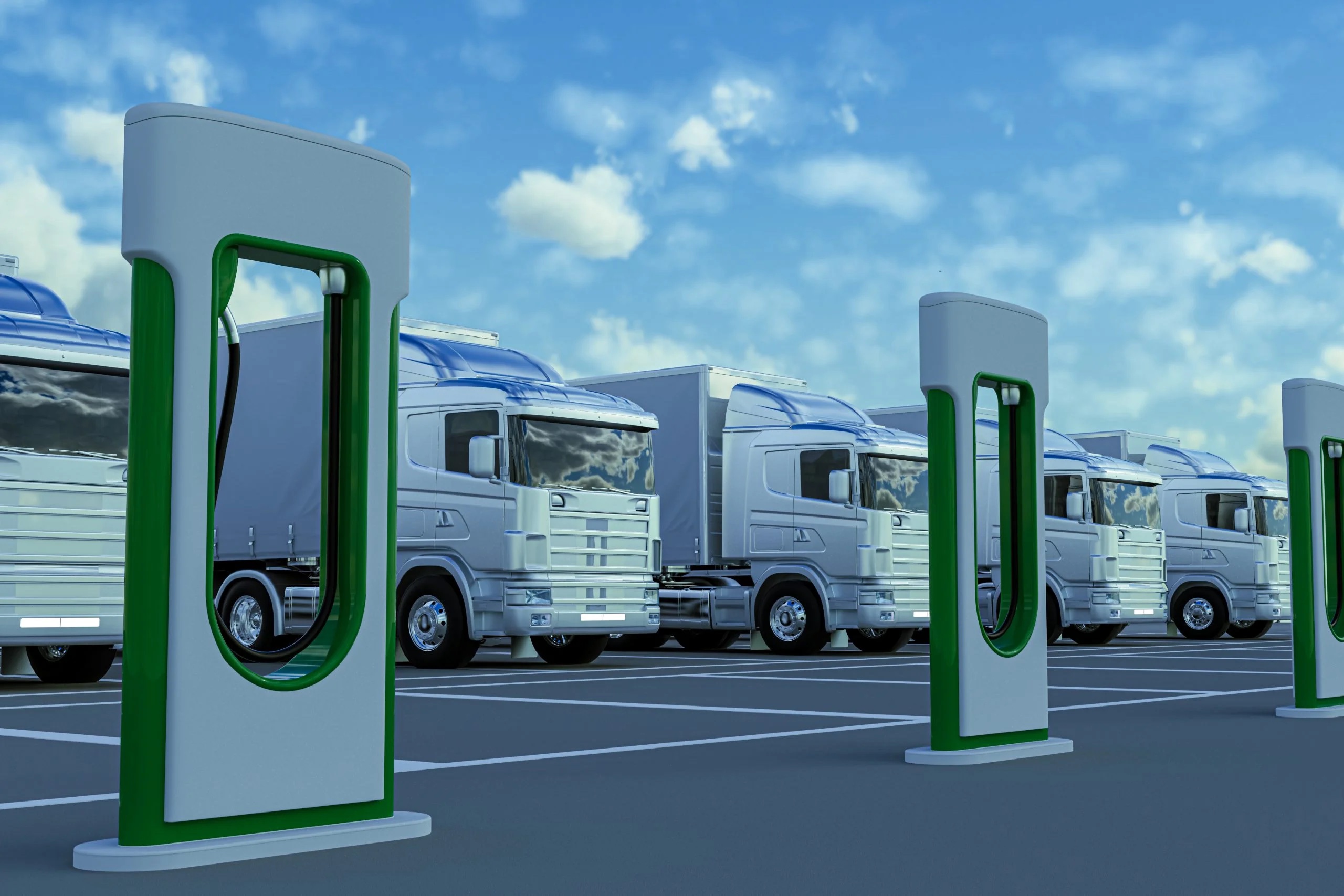Truck and bus charging infrastructure needed to support the ACT in 18 states
EDF retained Atlas Public Policy to model, for 18 states plus the District of Columbia, the number of charging stations that would be needed in each state to meet ACT targets through 2032.

America’s economy moves by truck, but those trucks contribute significantly to local air pollution and the climate crisis. Despite making up only 9% of registered on-road vehicles in the U.S., medium- and heavy-duty vehicles contribute 28% of annual greenhouse gas emissions from transportation. These emissions contribute to poor air quality and negative health outcomes across the country, especially for those living in densely populated areas, near freight corridors or trucking facilities.
As of October 2024, 11 states have adopted the Advanced Clean Trucks rule, which requires manufacturers to produce increasing amounts of zero-emission MHDVs, and more are considering it. Key policies like the ACT will be essential to ensuring customers’ access to zero-emission trucks and buses.
But what would the ACT mean for charging infrastructure? To help answer this question, EDF retained Atlas Public Policy to model, for 18 states plus the District of Columbia, the number of charging stations that would be needed in each state to meet ACT targets through 2032.
Below are the results of the study by state:
MEDIA CONTACT
Stacy Brick
(512) 691-3454 (office)












